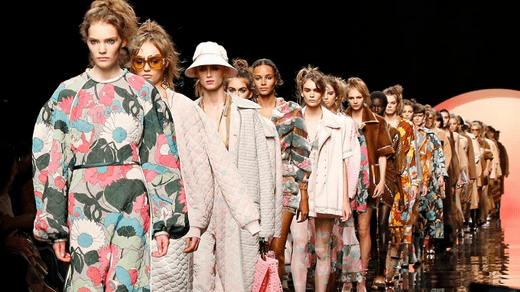Certainly! Here are 30 points discussing the differences between vintage and thrifted fashion, along with their pros and cons:
Vintage Fashion:
- Definition: Vintage fashion refers to clothing and accessories that are at least 20-30 years old, often from a specific era or time period.
- Uniqueness: Vintage items are one-of-a-kind and carry historical and aesthetic value.
- Quality: Vintage clothing is often well-made with attention to detail and durable materials.
- Collectible: Certain vintage pieces can become collector’s items and appreciate in value.
- Nostalgia: Vintage fashion can evoke nostalgia for a particular era or cultural moment.
Pros of Vintage Fashion:
- Timeless Style: Vintage pieces often have enduring style and craftsmanship.
- Sustainability: Buying vintage reduces the demand for new clothing production.
- Investment: High-quality vintage items can hold or increase in value over time.
- Unique Finds: Discovering hidden treasures from the past is exciting and rewarding.
- Personal Connection: Vintage clothing can connect you to history and culture.
- Cultural Significance: Vintage fashion can represent the social and political context of its time.
Cons of Vintage Fashion:
- Availability: Finding specific vintage items can be challenging and time-consuming.
- Sizing: Vintage sizing may differ from modern sizing, making fit a concern.
- Condition: Vintage clothing may show signs of wear and tear, requiring maintenance.
- Price: High-demand vintage items can be expensive due to their rarity.
- Limited Selection: Vintage fashion may not cater to all style preferences.
Thrifted Fashion:
- Definition: Thrifted fashion includes secondhand clothing and accessories, often found in thrift stores, consignment shops, or online marketplaces.
- Affordability: Thrifted items are typically more budget-friendly than new clothing.
- Variety: Thrift stores offer a wide range of styles, eras, and sizes.
- Sustainability: Thrifting reduces textile waste and the environmental impact of fast fashion.
- Treasure Hunting: Thrifting can be a fun and surprising treasure hunt for unique pieces.
Pros of Thrifted Fashion:
- Affordability: Thrifted items are often a fraction of the price of new clothing.
- Eclectic Style: Thrifting allows for eclectic and individualistic style choices.
- Environmental Impact: Buying secondhand reduces the carbon footprint of fashion.
- Experimentation: You can experiment with different styles and trends without breaking the bank.
- Supports Charities: Thrift store purchases often support charitable causes.
Cons of Thrifted Fashion:
- Quality Variation: The condition and quality of thrifted items can vary greatly.
- Sizing Challenge: Finding the right size can be a hit or miss in thrift stores.
- Trend Dependency: Thrift stores may have limited trendy or current fashion items.
- Time-Consuming: Thrifting requires patience and time to sift through racks.
In summary, vintage fashion offers unique, historically significant pieces with enduring style, but it can be pricier and harder to find. Thrifted fashion, on the other hand, provides affordable and sustainable options with a wide variety of styles, but it may require more effort to find specific items in good condition. Both vintage and thrifted fashion have their merits and can be valuable additions to your wardrobe, depending on your style preferences and priorities.






